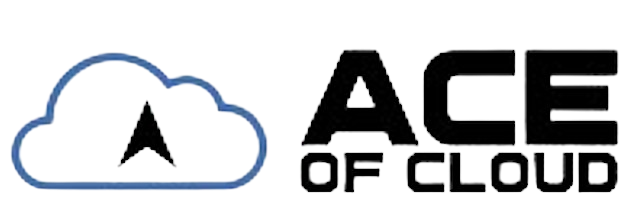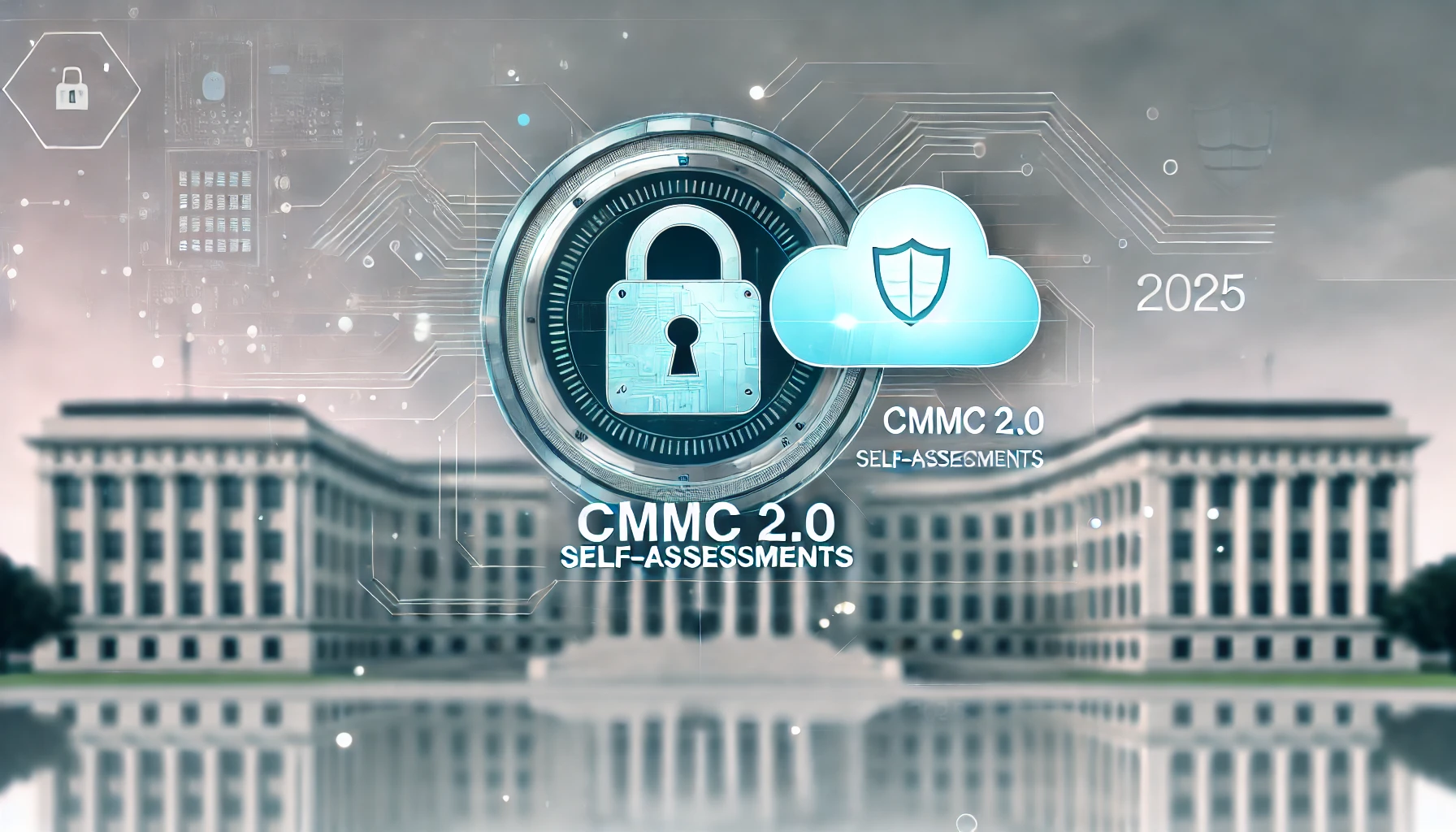As cybersecurity threats continue to rise, protecting sensitive data has never been more important, especially for organizations working with the U.S. Department of Defense (DoD). The Cybersecurity Maturity Model Certification (CMMC) 2.0 framework was designed to ensure companies in the defense supply chain meet specific security standards. By 2025, many of these companies will need to conduct self-assessments to demonstrate compliance with CMMC 2.0 and continue securing DoD contracts.
To prepare for these self-assessments, it’s essential to understand the key elements of CMMC 2.0 and how it applies to your business. CMMC 2.0 simplifies the certification process, reducing the original five levels to three. If your business handles Controlled Unclassified Information (CUI), you’ll likely need to comply with Level 2. This level aligns with NIST SP 800-171, which outlines key cybersecurity controls for protecting CUI. Knowing which CMMC level applies to your business is the first step in preparing for self-assessments. You can determine your required level by reviewing your DoD contracts or agreements, ensuring you meet the correct security standards for your operations.
Once you know your required level, aligning your organization with NIST SP 800-171 is crucial. This framework contains detailed cybersecurity practices to protect sensitive data, so it’s important to assess your current security posture. Conduct an internal audit to identify where your security controls may fall short of the CMMC 2.0 requirements. Use this gap analysis to build a plan for closing any weaknesses before the self-assessment.
Another critical step in preparing for CMMC 2.0 self-assessments is to document your cybersecurity practices thoroughly. Your organization should have a System Security Plan (SSP) in place that outlines your security policies and procedures. Additionally, a Plan of Action and Milestones (POA&M) will help you address any gaps identified during your internal audit. Accurate and up-to-date documentation will be a key factor in passing your self-assessment and demonstrating compliance with CMMC 2.0.
Beyond technology, cybersecurity also involves the people within your organization. Training your employees is essential to maintain strong security standards. Ensure your team understands how to protect sensitive data, recognize phishing attempts, and properly manage access to systems and information. Regular training can make a significant difference in how well your organization implements its security practices.
In addition to training, consider using automated tools to monitor your security systems continuously. Automation can help detect vulnerabilities in real-time, making it easier to maintain compliance with CMMC requirements. These tools can also simplify the process of generating reports and staying on top of cybersecurity obligations year-round.
For companies unsure about navigating CMMC 2.0 requirements, seeking expert help can make the process more manageable. Cybersecurity consultants with experience in CMMC compliance, like Ace of Cloud, can guide your organization through the necessary steps and help you prepare for self-assessments. With our expertise, we ensure that you meet all requirements efficiently and avoid common pitfalls that might delay certification.
Ultimately, preparing for CMMC 2.0 self-assessments is about understanding your obligations, aligning your security practices with the NIST framework, documenting everything clearly, and maintaining strong training and monitoring practices. By taking these steps early, your organization will be well-positioned to meet the 2025 self-assessment deadline and continue working with the DoD. Whether you’re a large defense contractor or a small business, staying compliant with CMMC 2.0 is essential for protecting sensitive information and securing future contracts. Ace of Cloud is here to help make sure you’re fully prepared every step of the way.

